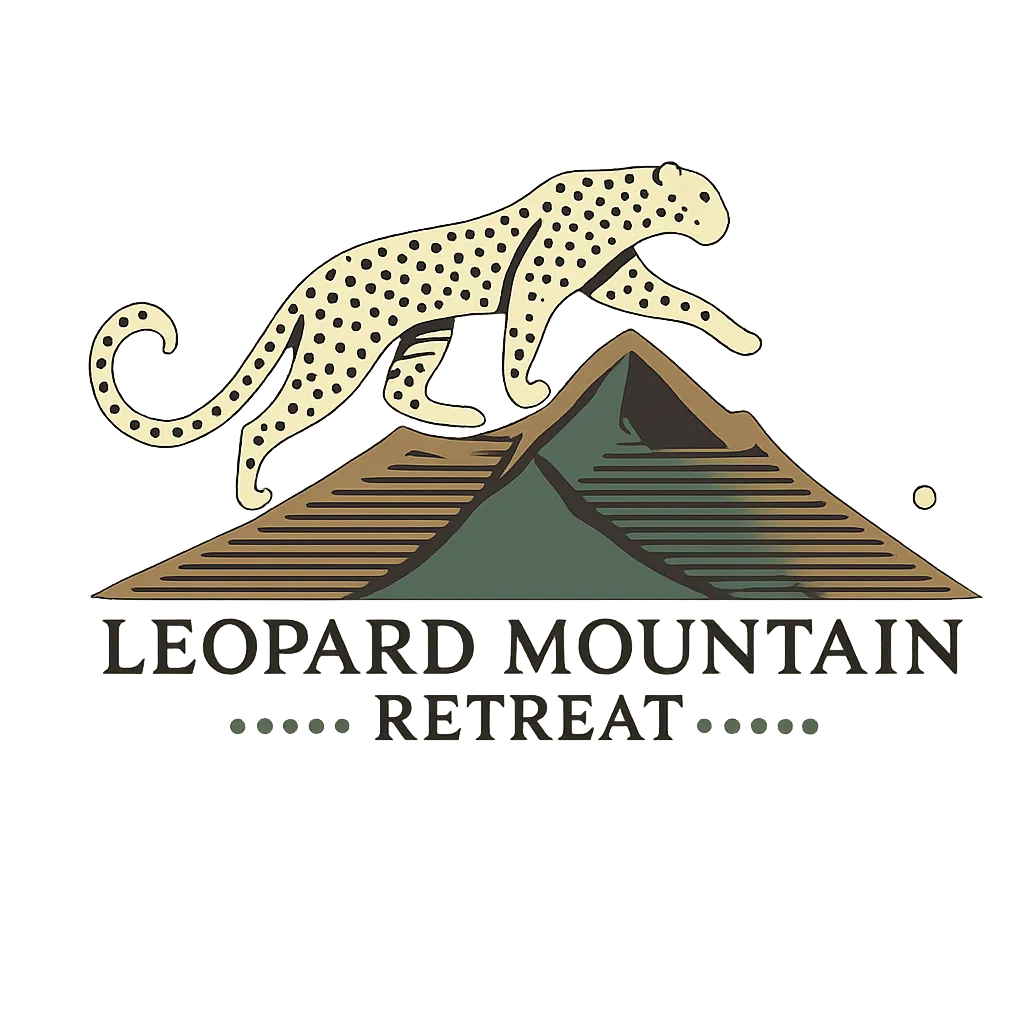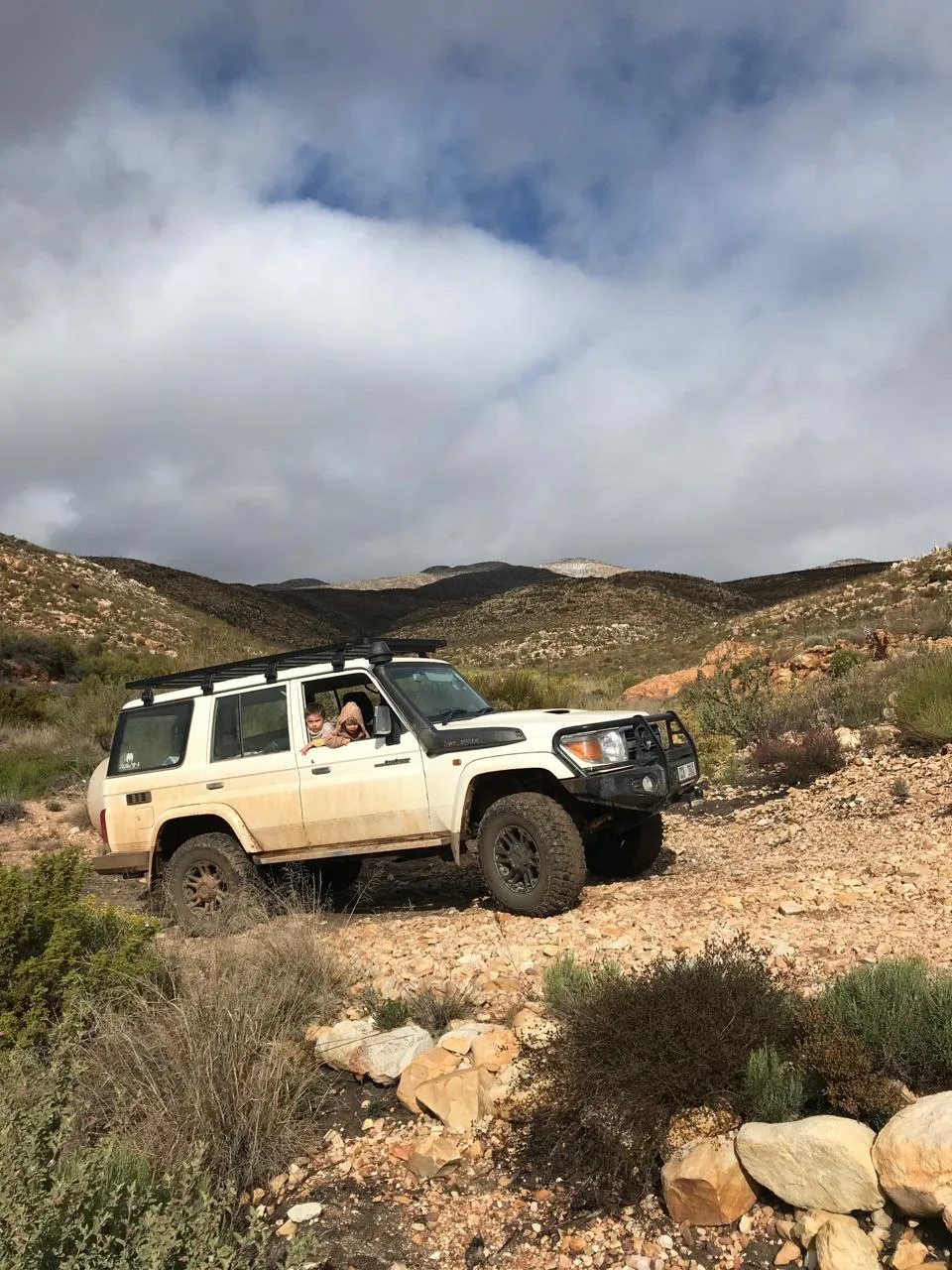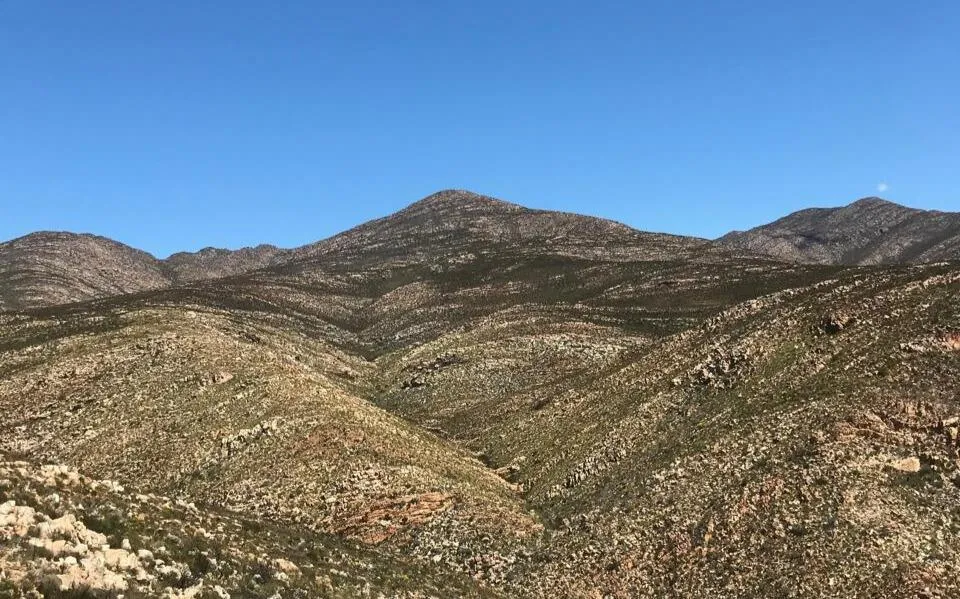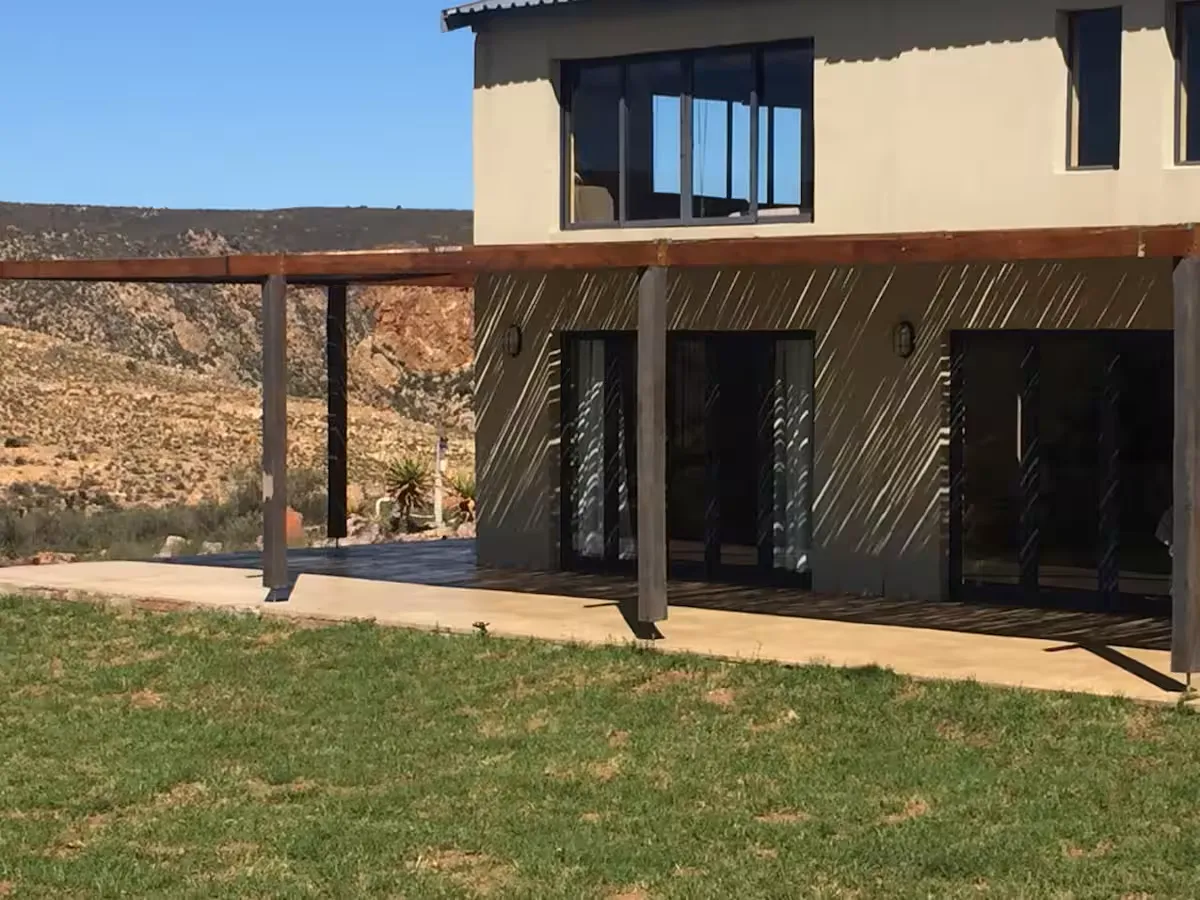Leopard Mountain Retreat
- In a UNESCO World Heritage site-
A Sacred Sanctuary for
Deep Reset and Renewal
Where the Leopard Watches and the Soul Remembers Its Path
Where Leaders, Seekers & Visionaries Come to
Reclaim Clarity, Focus & Inner Peace
Choose Your Reset Experience
Essentials Reset
7-Days
Clarity. Focus. Nervous System Renewal.
A powerful immersion for those needing direction, composure, and a mental reset.
Perfect for leaders under pressure, seekers needing grounding, and anyone ready to restore clarity and calm.
Deep Reset
14-Days
Deep Detox.
Emotional Release.
Body Recalibration.
A deeper journey into healing and transformation.
Ideal for those wanting to release old patterns, detoxify the system, and reconnect to balance, vitality, and inner strength.
Master Reset
21-Days
Complete Transformation. Vision Activation. Life Reset.
Our most profound program.
Designed for those committed to full-body renewal, emotional mastery, expanded consciousness, and a total reset of body, mind, and spirit.

“Where the Leopard Watches…”
The Reset Yourself Blueprint
The Release
Uproot. Clear. Open.
The first phase calms the nervous system, opens detox pathways, reduces internal load, and begins releasing stored emotional tension. This prepares the body for deeper reset work.
The Reset
Recalibrate. Detox. Transform.
This is the deepest phase—where emotional imprints unwind, the subconscious clears, the nervous system rebalances, and your entire system resets back to its natural baseline.
The Rebuild
Nourish. Integrate. Strengthen.
We complete the journey by restoring minerals, rebuilding vitality, stabilizing the nervous system, and integrating new emotional patterns. This is where real change becomes permanent.
Why This Land Heals
A regenerative sanctuary in 7000 acres held by ancient mountains, wild silence, and the natural intelligence of the land.
This sanctuary is not a resort or retreat center.
It is a private mountain refuge created for deep restorative work, privacy, and transformation.
Every aspect is intentional — quiet, spacious, and protected.
The Energy of the Kouga Mountains
This valley holds a distinct field — grounding, coherent, and deeply regulating.
Guests consistently feel their entire system soften within hours.
The land itself restores clarity.
A Sanctuary of True Silence
Silence is medicine.
In modern life, it’s almost impossible to find.
Here, you return to a natural rhythm where your breath deepens, your mind clears, and your nervous system recalibrates on its own.
Ancient Land, Ancient Animals
The presence of leopard, eagle, baboon, and the old fynbos biome awakens something primordial in the human body.
Your system remembers its original blueprint — instinctive, clear, and grounded.
.What’s Included in the Retreat?
Accommodation: 3 Bedroom lodge
All meals and snacks: Organic, alkaline, cleansing and nutrient dense.
Elixirs, hydrations, teas and tonics.
Detox support
Sacred African plant medicines
Daily practices
Nature immersion
Rife Frequency therapy
Infrared therapy
Pre retreat protocol
Post retreat maintenance plan
Airport transfers from George airport South Africa
This Retreat Is For You If You Are....
A visionary, leader, healer, or seeker ready to up-level from within.
At a crossroads in your life, health, or purpose.
Carrying chronic fatigue, trauma, burnout, or mystery symptoms.
Desire a powerful pre-conception or longevity reset.
Seeking clarity and inspiration
What You Will Leave With:
A re-patterned nervous system and upgraded biology.
A deeper connection to your soul, purpose, and power.
A personalized post-retreat protocol for integration.
And a renewed blueprint for vibrant living—rooted in truth, beauty, and vitality.
Gallery

Address:
Leopard Mountain Retreat,
Kouga Mountains,
South Africa, 6460













